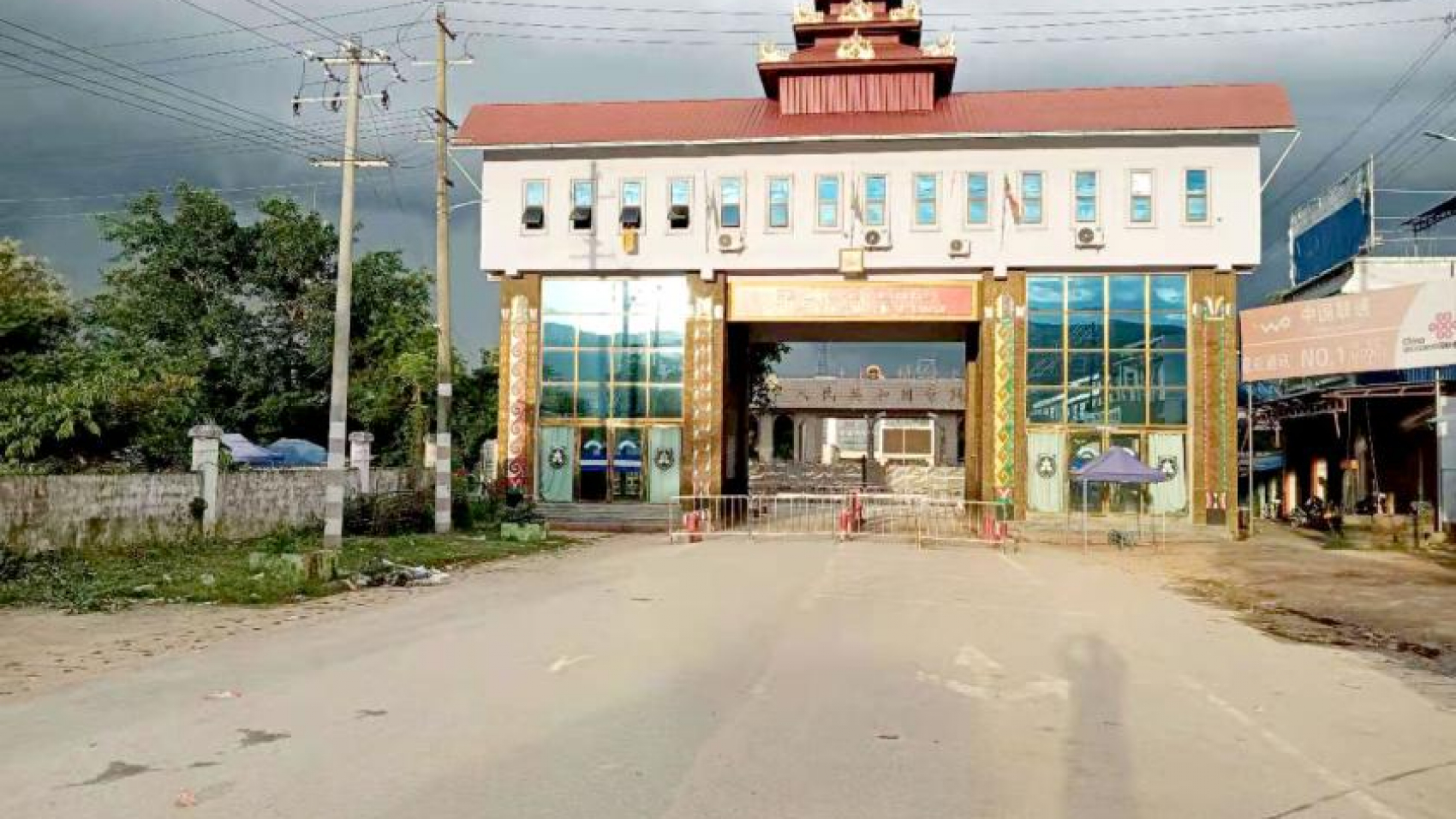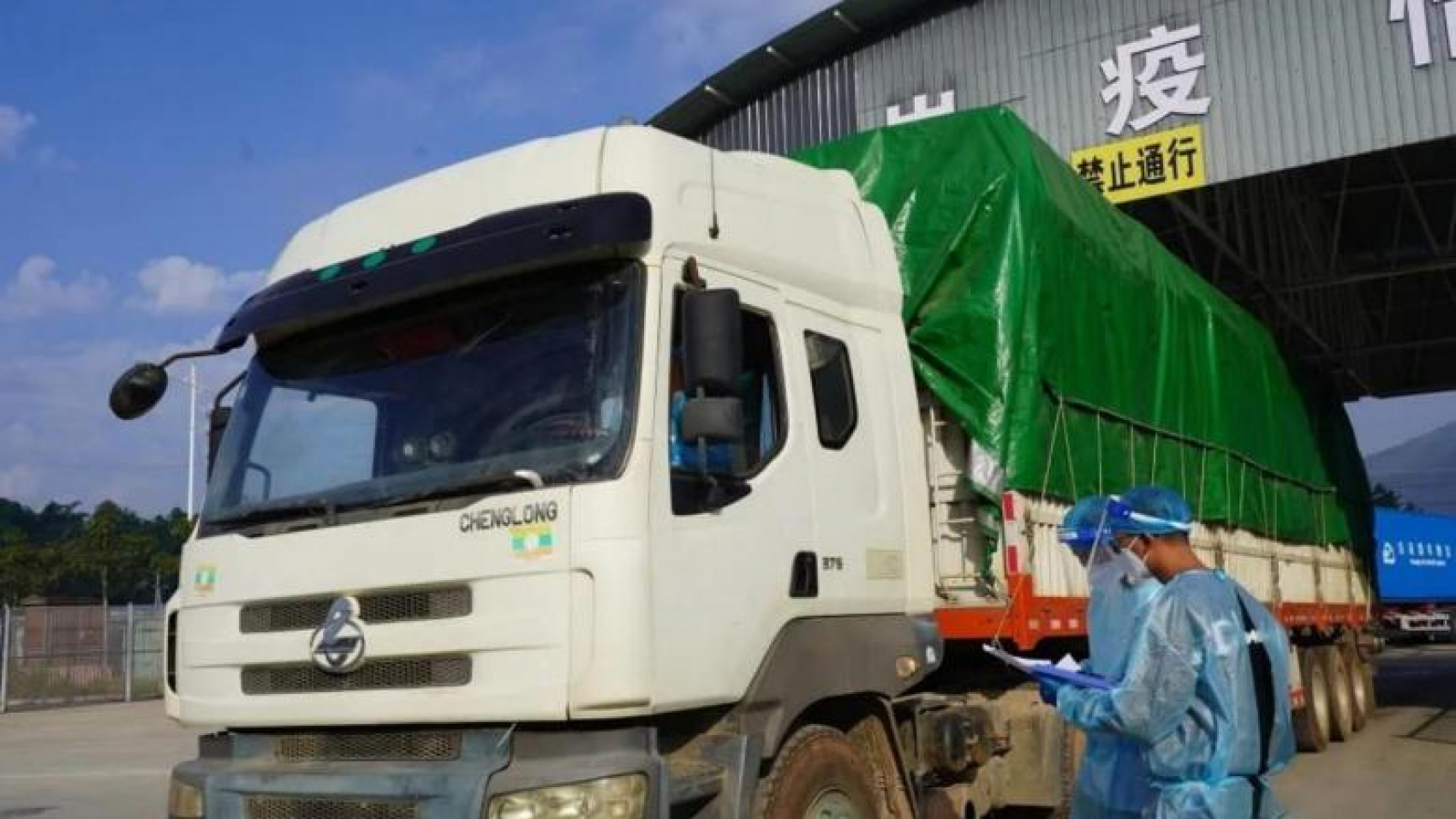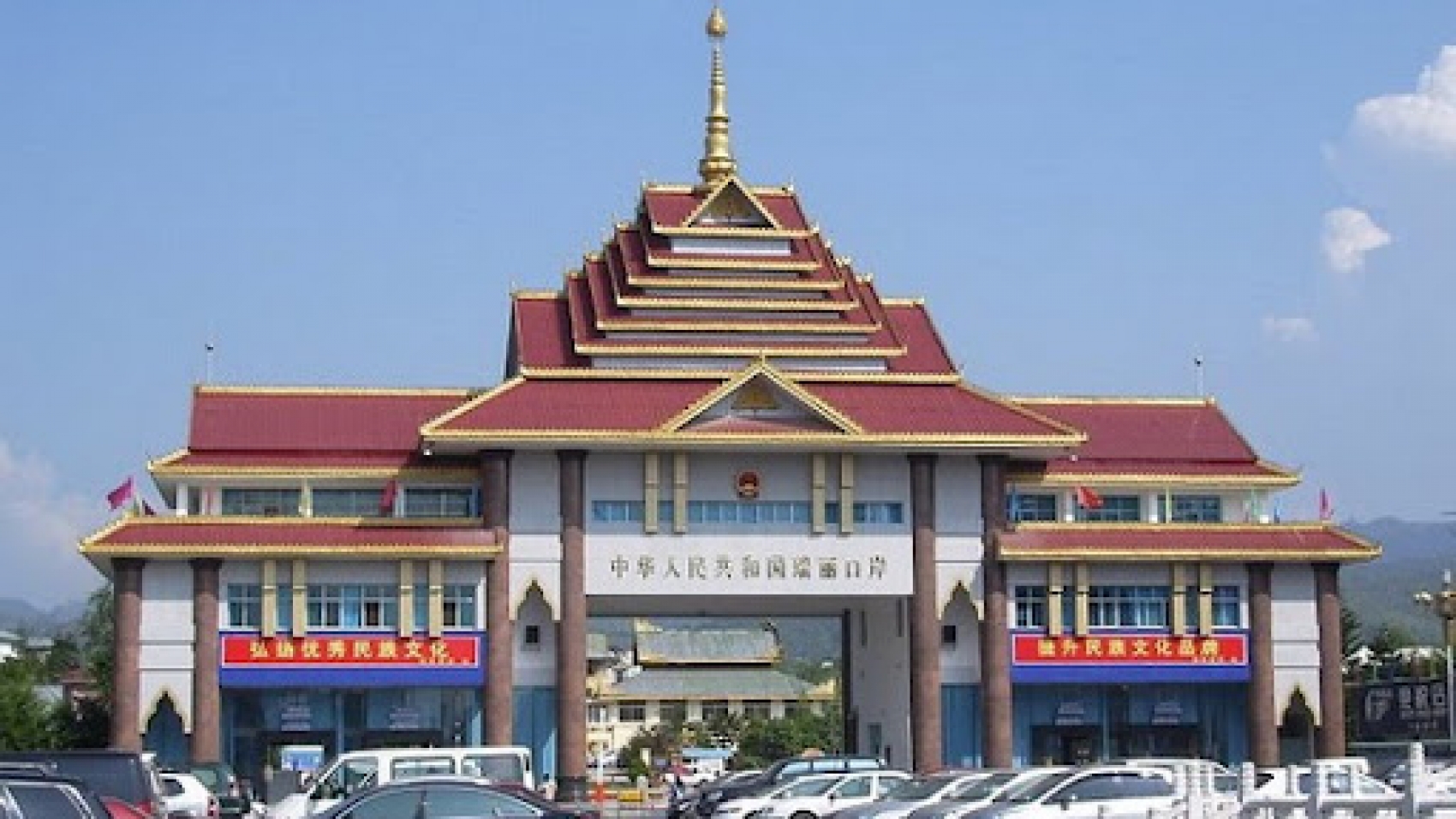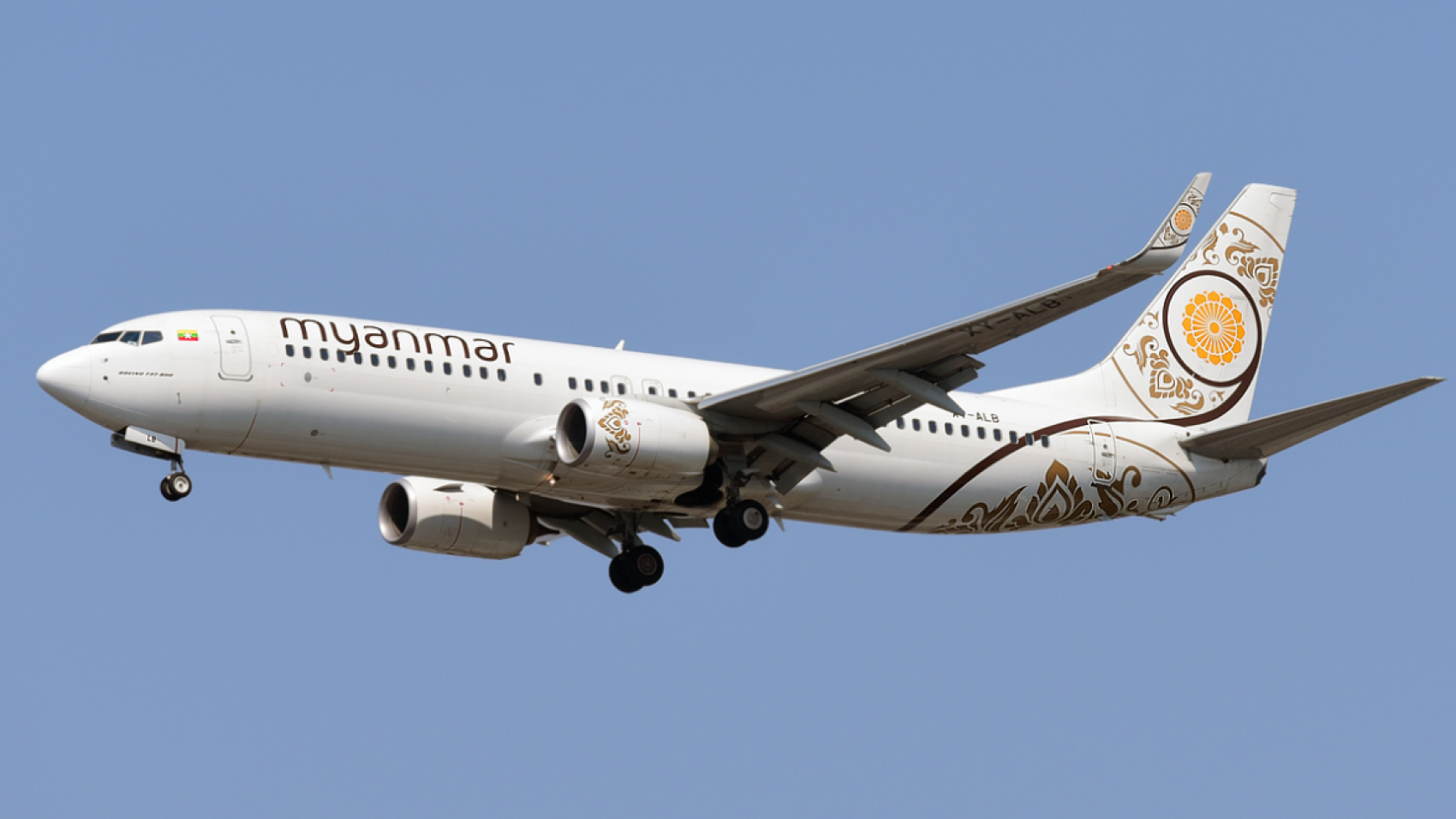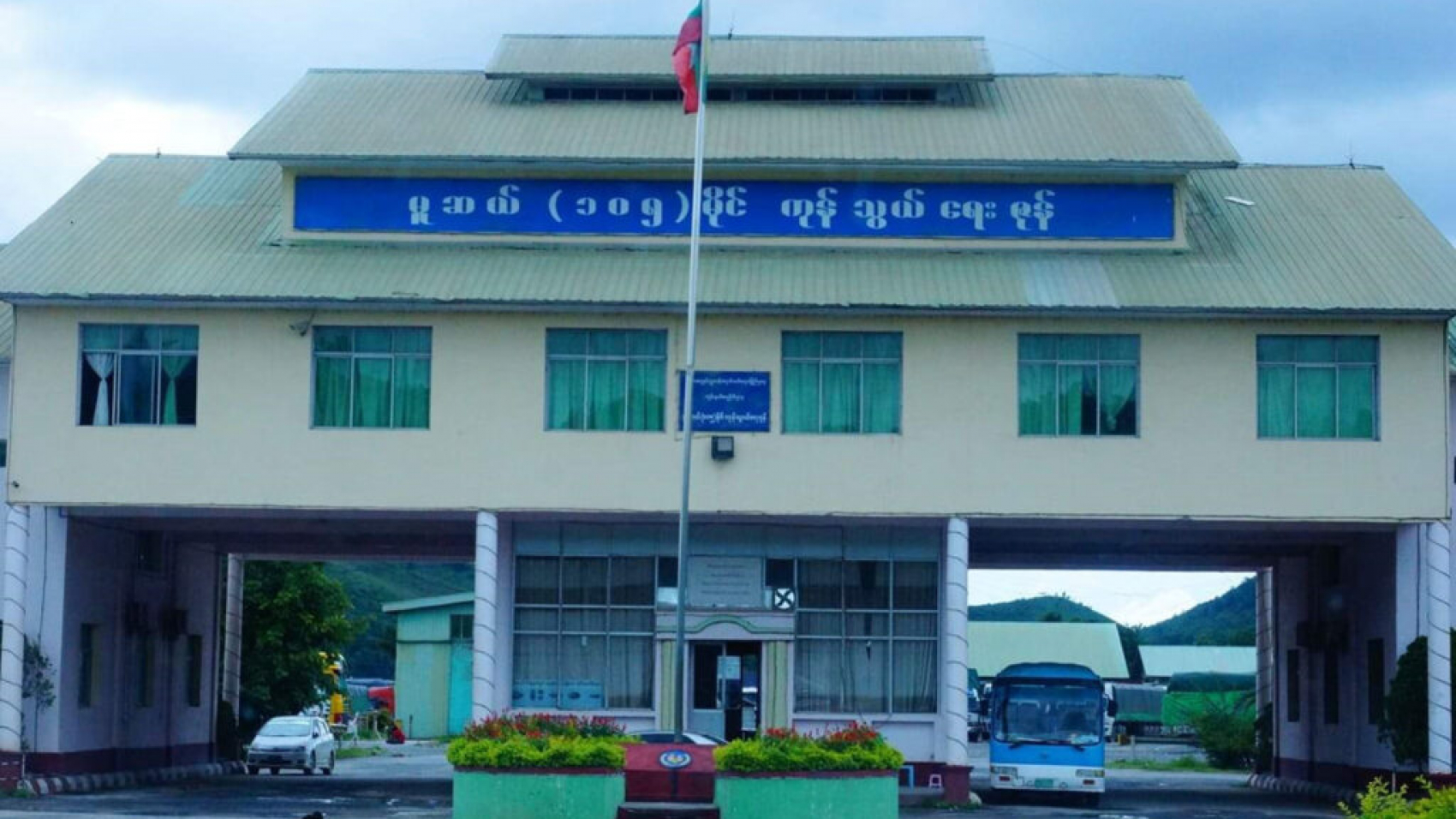In January and February 2022, a total of 97 container vessels from 13 international shipping lines entered Yangon ports, according to the Myanmar Ports Authority. In January 2022, 49 container vessels of 13 shipping lines will be deployed at Yangon ports to increase imports to meet domestic demand. In February, 48 container vessels from 13 shipping lines arrived. In order to increase open season exports and increase imports according to domestic demand, container loading
According to data released by the Myanmar Ports Authority, it is planned to extend the service of various shipping lines. More international container vessels and general cargo ships have arrived at Yangon ports since May 2021, handling more than 11,000 containers and 115,000 metric tons of general cargo, according to the Myanmar Ports Authority. Yangon Port is under the supervision and management of the Myanmar Ports Authority. Due to the cooperation of shipping lines and importers and exporters, container vessels can be serviced in May 2021 with an average turnaround time of three days.
Shipments and cargo handling have risen since May, handling more than 11,000 containers and 115,000 metric tons of general cargo. From June to the end of November, more than 40 container vessels entered the country. Maersk Line Myanmar (Sealand Maersk) has launched three new container vessels since 2021 to meet the needs of the maritime trade. The new ships launched by Maersk Line Myanmar are the Maersk Norberg, Maersk Narvik and Maersk Nesna. Of the three ships, the Maersk Norberg will dock at MITT and MIP ports, and the Launching Ceremony was held on June 10, 2021 at MIP Port.
The three new ships will have a displacement of 1,750 TEU 21,000 metric tons (9.5 meters). It was built specifically for the Myanmar market. With the expansion of these new container vessels, there will be enough space & equipment for exports and shipments will not have to wait for a booking. The discovery of a new waterway on the Yangon River has allowed international vessels to enter and leave the port of Thilawa, which has been allowed to increase its restriction. According to a statement from the Myanmar Ports Authority, 152 vessels carrying more than 30,000 tonnes entered Rangoon port and Thilawa port within five months of the new tide restrictions being extended due to the discovery of a new waterway on the Yangon River.
Source: Daily Eleven

